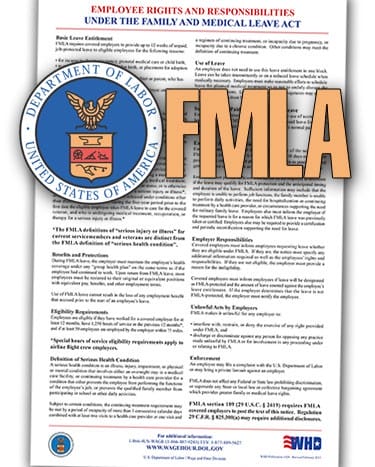
Categories

Many large and not-so-large employers have been jumping on the third-party administrator (TPA) bandwagon when it comes to employee Family and Medical Leave Act (FMLA) requests. How’s this supposed to work? In theory, an employee mentions to one of your managers that he or she might need FMLA leave, to which the manager responds by giving the employee the TPA’s toll-free number. If everything works as planned, the employee immediately calls the TPA, gets the required FMLA notifications and forms, and then gets certification from his or her doctor. Easy, right?
But, we all know things never work as planned. What happens if a) the employee fails to call the TPA or b) the TPA bungles the FMLA’s notice requirements? The answer — you could be liable for an FMLA violation.
Here’s why. First, you are the employer, not the TPA. A violation of the FMLA gets hung around your neck, not the TPA’s neck. Second, once you are on notice of the potential need for FMLA leave, the regulations are quite clear — it’s your responsibility to provide the “Notice of Eligibility and Rights and Responsibilities” within five days. This notice informs the employee, among other things, whether he or she is in fact eligible for FMLA leave, how the FMLA year is calculated, whether the employee is a “key” employee, whether FMLA leave runs concurrently with other types of leave and whether a certification will be required. If the employee fails to call in or the TPA screws up, that notice won’t go out within the required time. But, because you are the employer, you are still potentially the one on the hook unless you can show that an “extenuating” circumstance existed or you can show the failure to give proper notice did not prejudice the employee.
Other potential issues exist with TPAs, but this one has been popping up on our radar of late. Bottom line — don’t automatically assume your TPA is fully complying with the FMLA. Consider handling the initial required notices yourself and consider “testing” the TPA’s system to see if it truly protects you from unwanted FMLA claims.








































































